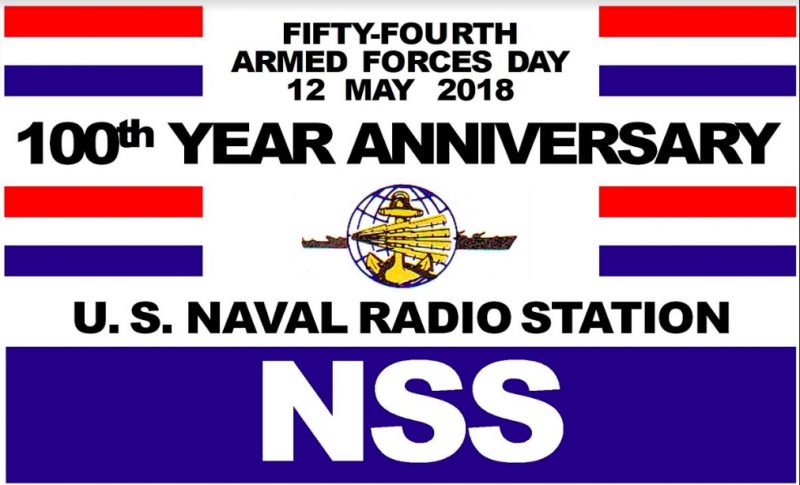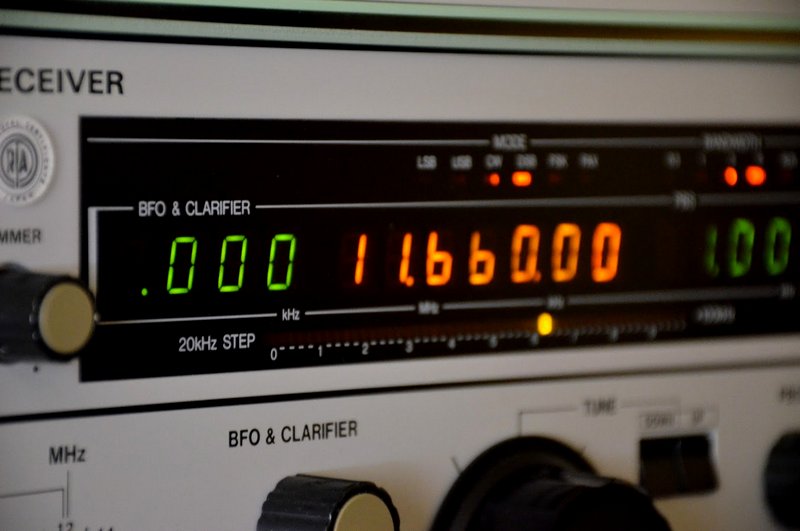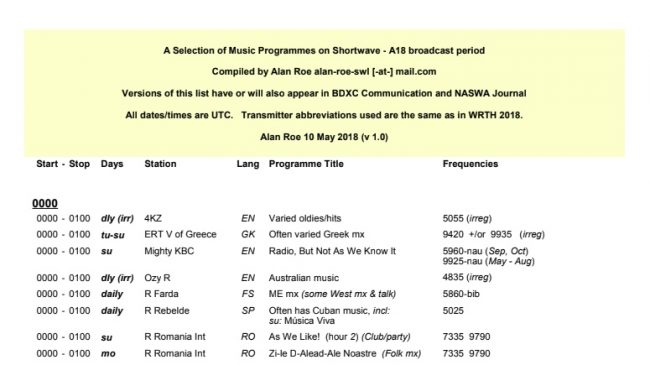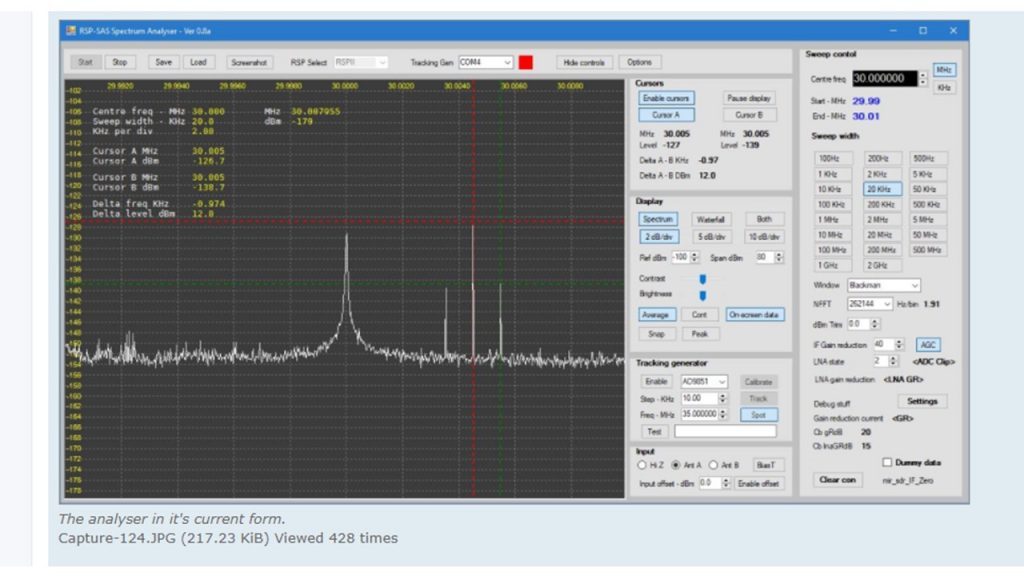(Source: DVIDS via Kim Elliott)
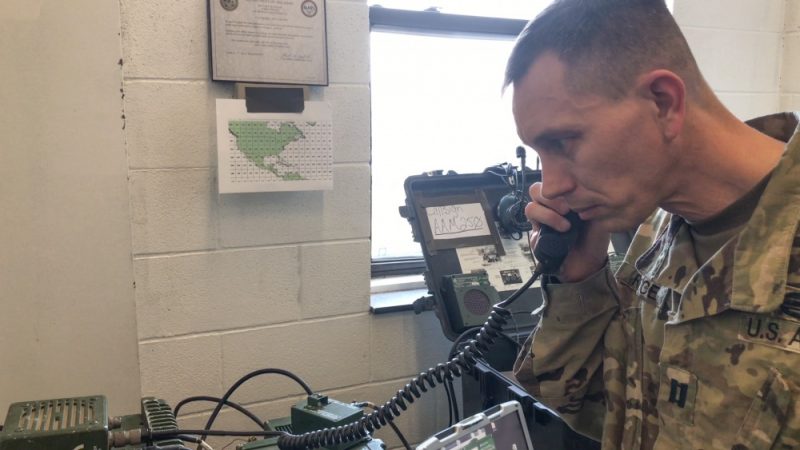
Photo By Staff Sgt. James Avery | Capt. Luke Reese, commander of C Company, 7th Brigade Engineer Battalion, 1st Brigade Combat Team, 10th Mountain Division (LI), successfully transmitted a 300-mile high frequency voice and data radio check to West Point, May 3, 2018
Going the Distance! 1BTC Uses HF Radio to Go Far and Wide
FORT DRUM, NY, UNITED STATES
05.03.2018
Story by Capt. Ed Robles
1st Brigade Combat Team,10th Mountain Division (LI)FORT DRUM, New York (May 3, 2018)–Captain Luke Reese, commander of C Company, 7th Brigade Engineer Battalion, 1st Brigade Combat Team, 10th Mountain Division (LI), successfully transmitted a 300-mile high frequency voice and data radio check to West Point while spearheading a new program to boost tactical communications from Fort Drum. Maj. Gen. John Baker, Commanding General, U.S. Army Network Enterprise Technology Command, observed the radio check from West Point.
In an effort to renew some looked-over radio options, Reese opened the possibility of HF long-range capabilities.
“This is something we’ve been working on,” said Reese. “Dusting off some of this old equipment that hasn’t been used in years and use it as a relevant back-up plan.”
Leveraging high frequency is a skill that hasn’t been prioritized in the Army in recent years. The Army uses frequency modulation and ultra-high frequency tactical satellite, which have benefits, but are also limited.
“HF presents some challenges because making this network functional requires some level of experience… there’s really an art to it,” said Maj. Craig Starn, 1BCT S6 officer-in-charge. “The major benefit is it provides unlimited range with zero cost or resources required and no lead time is required to use the system.”
Reece’s efforts in HF strives to enhance the Army’s ability to maintain mission command while extending the brigade’s, or any unit’s, operational reach.

